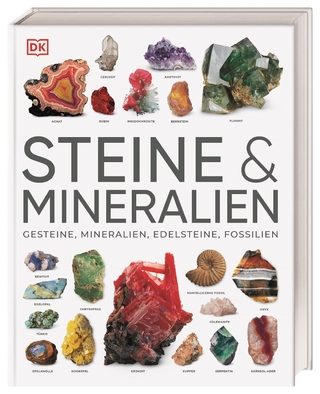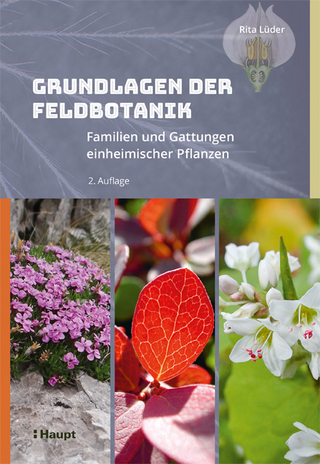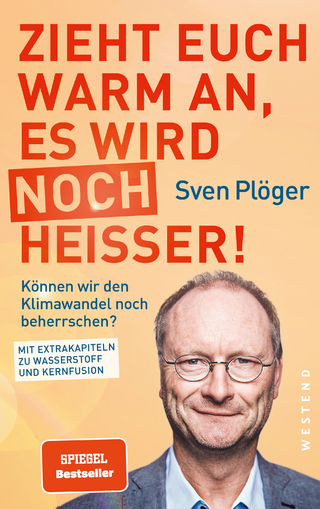
Sustainable Heavy Metal Remediation
Springer International Publishing (Verlag)
978-3-319-58621-2 (ISBN)
This book covers the principles, underlying mechanisms, thermodynamic functions, kinetics and modeling aspects of sustainable technologies, particularly from the standpoint of applying physical, chemical and biological processes for the treatment of wastewater polluted with heavy metals. Particular emphasis has been given to technologies that are based on adsorption, electro-coagulation, bio-precipitation, bio-solubilization, phytoremediation and microbial electrolysis.
Metal contamination in the environment is one of the persisting global issues. The adverse health effects of heavy metals on human beings and its impact on the environment has been well-documented. Several physico-chemical and biological technologies have been successfully implemented to prevent and control the discharge of industrial heavy metal emissions. On the contrary, metal resource depletion has also accelerated dramatically during the 20th century due to rapid advances in industrial engineering and medical sciences, which requires large amount of raw materials.
To meet the global metal demand, in recent years, novel research lines have started to focus on the recovery of metals from metal contaminated waste streams. In order to conflate both metal removal and recovery, new technologies have been successfully tested, both at the lab and pilot-scale. The target audience of this book primarily comprises of research experts, practicing engineers in the field of environmental/chemical technology and graduate students.
Eldon Raj Rene, Senior Lecturer in Resource Recovery Technology, Department of Environmental Engineering and Water Technology, UNESCO-IHE.
1: Metal removal and resource recovery technologies from waste stream.- 2: Modeling aspects of bio-sorption for heavy metal removal from wastewater using microbial biomass.- 3: Biosorption and permeable reactive barriers.- 4: Precipitation.- 5: Phytoremediation of landfill leachate.- 6: Recovery of metals through bioelectrochemical treatment systems.- 7: Bioprecipitation of metals and metalloids.- 8: Biosolubilisation of metals and metalloids.
| Erscheinungsdatum | 25.07.2017 |
|---|---|
| Reihe/Serie | Environmental Chemistry for a Sustainable World |
| Zusatzinfo | XIII, 283 p. 63 illus., 50 illus. in color. |
| Verlagsort | Cham |
| Sprache | englisch |
| Maße | 155 x 235 mm |
| Gewicht | 638 g |
| Themenwelt | Sachbuch/Ratgeber ► Natur / Technik ► Natur / Ökologie |
| Naturwissenschaften ► Biologie ► Ökologie / Naturschutz | |
| Naturwissenschaften ► Chemie ► Technische Chemie | |
| Schlagworte | Bioleaching • Biological sulfate reduction • Bioprecipitation • Biosolubilization • Biosorption • Earth and Environmental Science • Electronic waste • Environmental Chemistry • Environmental Health • Environmental medicine • Environmental sustainability • Industrial and mining wastewaters • Metallurgical slags mineralogy • Metal Removal • Phytoremediation • Pollution & threats to the environment • Pollution & threats to the environment • The Environment • waste management • Waste Management/Waste Technology • Waste treatment & disposal • Waste treatment & disposal • wastewater |
| ISBN-10 | 3-319-58621-1 / 3319586211 |
| ISBN-13 | 978-3-319-58621-2 / 9783319586212 |
| Zustand | Neuware |
| Haben Sie eine Frage zum Produkt? |
aus dem Bereich


